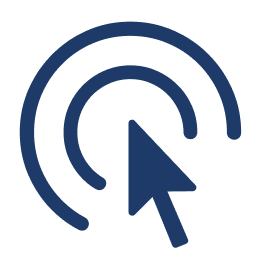Interrogative pronouns are a vital part of English grammar, used to ask questions and seek information. In this guide, we’ll explore what interrogative pronouns are, how they are used, when to use them, and provide examples and a mini quiz to test your understanding.
What are Interrogative Pronouns?
Interrogative pronouns are pronouns used to ask questions. They help in querying specific information about people, places, things, or ideas. The main interrogative pronouns in English are “who,” “whom,” “whose,” “which,” and “what.”
List of Interrogative Pronouns
- who
- whom
- whose
- which
- what
How to Use Interrogative Pronouns
Interrogative pronouns are used to form questions. Each pronoun serves a different purpose and helps to elicit specific types of information.
Who
“Who” is used to ask about the subject of a sentence. It refers to a person or people.
Examples:
- “Who is coming to the party?”
- “Who wrote this book?”
Whom
“Whom” is used to ask about the object of a sentence. It refers to a person or people and is more formal.
Examples:
- “Whom did you meet at the conference?”
- “To whom should I address the letter?”
Whose
“Whose” is used to ask about possession. It can refer to a person, animal, or thing.
Examples:
- “Whose book is this?”
- “Whose idea was it to start the project?”
Which
“Which” is used to ask about a specific item or items from a known set. It can refer to people, animals, or things.
Examples:
- “Which color do you prefer?”
- “Which of these books have you read?”
What
“What” is used to ask about things or information. It can refer to people, animals, things, or ideas.
Examples:
- “What is your name?”
- “What are you doing?”
What’s your English level?
Discover your level now: A1/A2/B1/B2/C1/C2 and GET your certificate!
When to Use Interrogative Pronouns
To Ask About People
Use “who” and “whom” to ask questions about people.
Examples:
- “Who is that man?”
- “Whom did she call?”
To Ask About Possession
Use “whose” to ask questions about ownership.
Examples:
- “Whose keys are these?”
- “Whose turn is it?”
To Ask About Specific Items
Use “which” to ask about specific items within a known set.
Examples:
- “Which dress are you wearing?”
- “Which route did you take?”
To Ask About Things or Information
Use “what” to ask general questions about things or information.
Examples:
- “What is the time?”
- “What happened here?”
Examples of Interrogative Pronouns in Sentences
- “Who is at the door?”
- “Whom did you invite?”
- “Whose jacket is this?”
- “Which movie do you want to watch?”
- “What are your plans for tomorrow?”
- “Who made this cake?”
- “Whom should I ask for help?”
- “Whose car is parked outside?”
- “Which book is yours?”
- “What did you say?”
Interrogative Pronoun Exercises
- ________ (Who/Whom) is your best friend?
- ________ (Whose/Which) pencil is this?
- ________ (What/Which) are you doing tonight?
- ________ (Whom/Who) did you see at the event?
- ________ (Which/What) of these apples is sweeter?
- ________ (Whose/What) idea was it to travel?
- ________ (What/Who) is your favorite author?
- ________ (Whom/Who) did she meet at the party?
- ________ (Whose/Which) shoes are those?
- ________ (What/Which) is the capital of France?
Answers:
- Who
- Whose
- What
- Whom
- Which
- Whose
- Who
- Whom
- Whose
- What
Understanding and using interrogative pronouns correctly is essential for effective communication in English. Use this guide to practice and master the use of interrogative pronouns in your questions!





